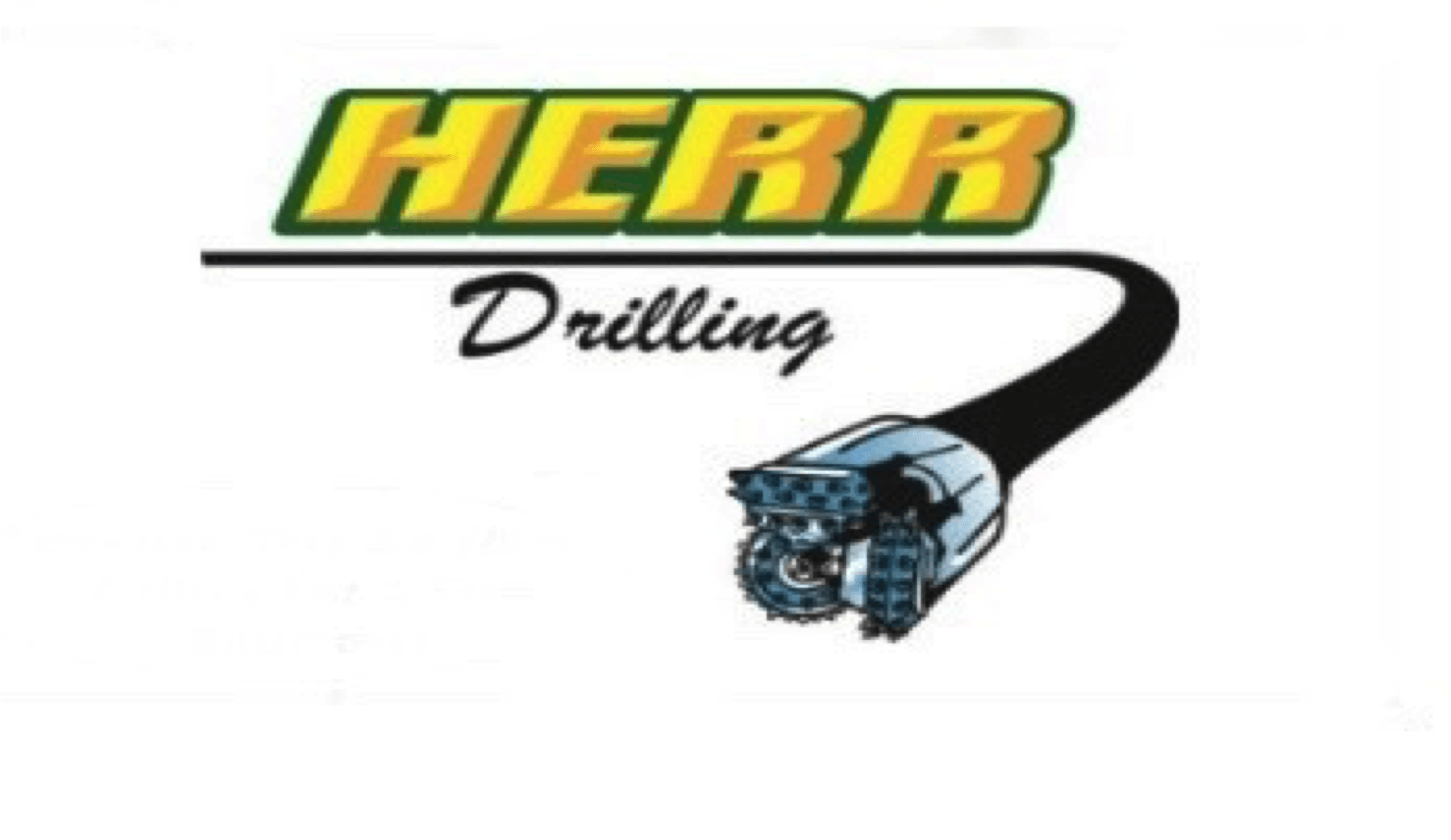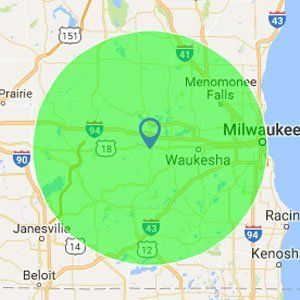Supporting copy for the Request Service
call out button.
FAQs
Frequently Asked Questions About Well Drilling and More
Helpful FAQs About Our Services
Where is the water?
Water exists almost everywhere under the Earth's surface and is replenished by nature according to the local climate and geology. When rain falls, the plants and soil take up water; some of the excess runs off to streams, and some (called ground water) percolates down into the pores and cracks in the subsurface sand and rocks where it collects. At some depth all of the pores and cracks in the subsurface sand and rocks are filled with water. The top of this saturated area is called the water table. When a well is drilled into this saturated area, water flows into the well.
Are there different types of wells?
There are three basic types of drilled well construction- a gravel well, a screened well, and a rock well. The geological conditions in each area determine the type of well construction.
A Gravel Well: is a well with gravel bottom with a good flow of water running through the gravel.
A Screened Well: is one in which the water is obtained from water bearing sand formation. The well is drilled and a steel casing is installed down through the top soil, clay, silt, and gravel until a water bearing sand is encountered. A screen is then attached to the end of the casing and the well is developed to remove the fine sand near the screen so that the water can flow freely into the well.
A Rock Well: is one which terminates in bedrock or stone. Such a well is drilled in an area where no water bearing sand or gravel is found above the rock. The well is drilled with steel casing installed until either sandstone or bedrock is encountered. A tight joint is made where the pipe drive shoe contacts the rock, and the drilling begins in the rock. The drilling continues downward until sufficient water is obtained.
Where is the best location for my new well?
It's very important that a well owner knows how to protect a new well from contamination. The well should be located on the highest point of the property, or within reason. The casing should extend 12 inches above ground with the dirt as high, or a little higher, than the surrounding surface, so the surface water will run away from the well. The well cap should be securely fastened with no cracks for contamination.
Septic fields, including neighbor's septic systems, pens for animals, or any other sources of contamination, should be located at least 50 feet away from the well to protect your drinking water supply.
What if we have an old well?
If any old wells are found on the property, they should be abandoned properly by a licensed well driller or pump installer. It's very important that this procedure is done properly to protect your new well. Cement should be pumped into the well from the bottom up, or bentonite chips can be used, and a Well Abandonment Report form sent to the DNR.
Can my water go bad?
The DNR recommends that your water be tested once a year or if any changes in your water quality occurs. The Wisconsin Department of Natural Resources licenses well drillers and regulates well construction within the state to ensure safe water. We are familiar with these requirements and can advise you of the proper well placement in relation to septic tanks, drain fields, surface water, and other wells.
What if I have more questions?
Consult Herr Well Drilling for your water well. We know and understand the ground water beneath your property and will be happy to discuss your water well needs with you, answer your questions, and do our best to obtain a good well for you.
What is a directional bore?
Directional boring is a method in which a machine drills out a steel rod for a selected area. The final product (water line, pipe, etc.) is then attached to the end of the steel rod and pulled back to the machine. At the end of this rod is a steer shoe that allows the operator to steer the front of the rod in directions called clock positions. If the operator does not want to steer the front of the rod he'll then rotate the rod from the machine.
Why should I choose directional boring over other methods of installation?
Directional boring allows areas to be undisturbed. It'll prevent roots of trees from being cut during trenching applications. Deeper depths can be maintained over open cut operations. Roads and driveways do not need to be open cut. Saves the customer money, time, and in many cases is the only option for project completion through rough and impassable terrain.
Will there be any restoral involved with directional boring?
Unfortunately directional boring is done with water. Water and dirt make mud. When you directional bore it is important to disperse the ground soil in the hole to allow the final product to be pulled back. This flow does come out in different locations. Also, the bore machine is like any other heavy machinery and does leave considerable marks. The receiving pit used to connect the final product to the rod also has to be dug, filled, and restored.
Your FREE well estimate is only a call away.
262-965-2986
We have professionally trained technicians, who are always continuing their education in the field! Call
Herr Well Drilling.
Privacy Policy
| Do Not Share My Information
| Conditions of Use
| Notice and Take Down Policy
| Website Accessibility Policy
© 2024
The content on this website is owned by us and our licensors. Do not copy any content (including images) without our consent.

